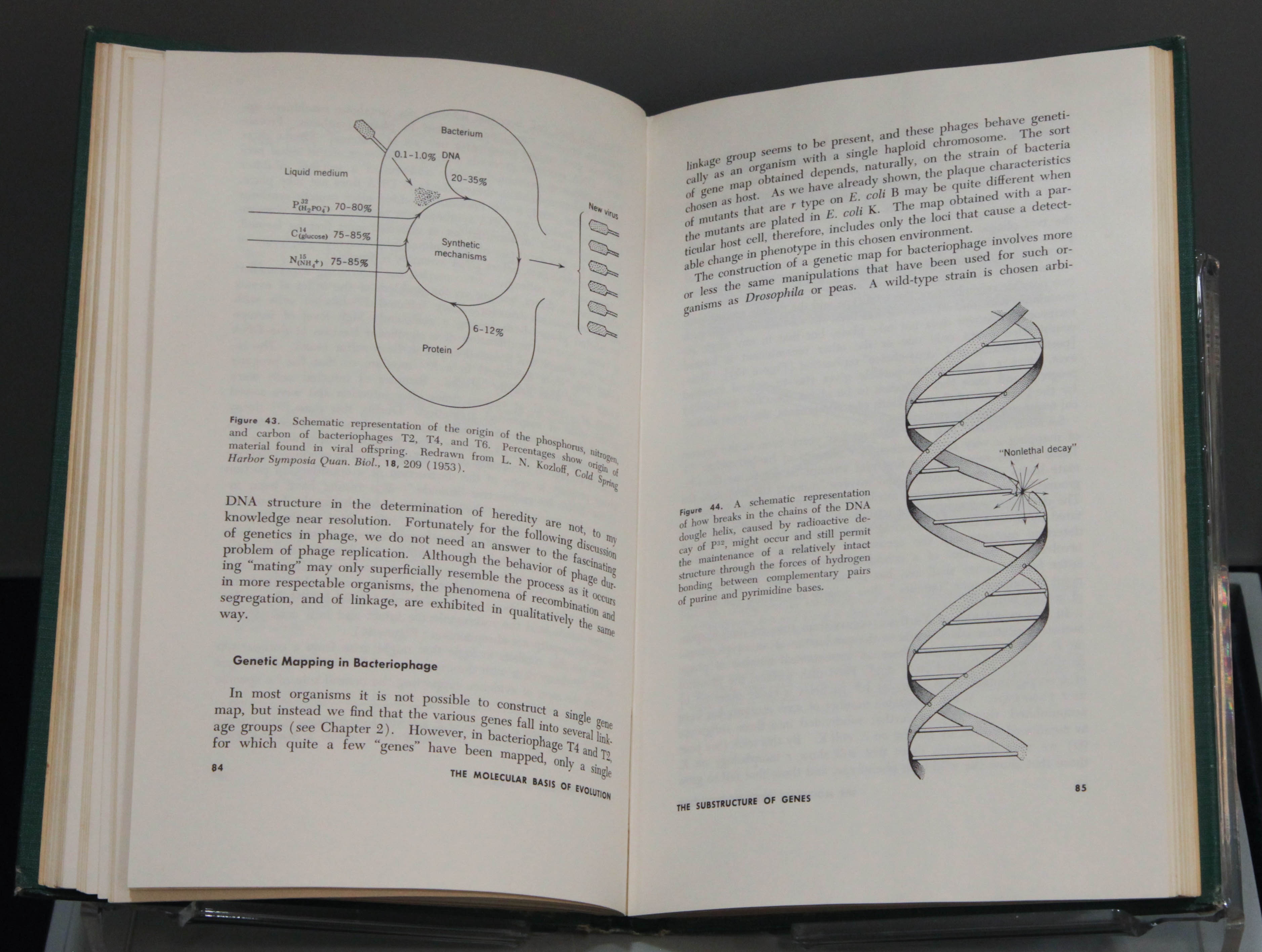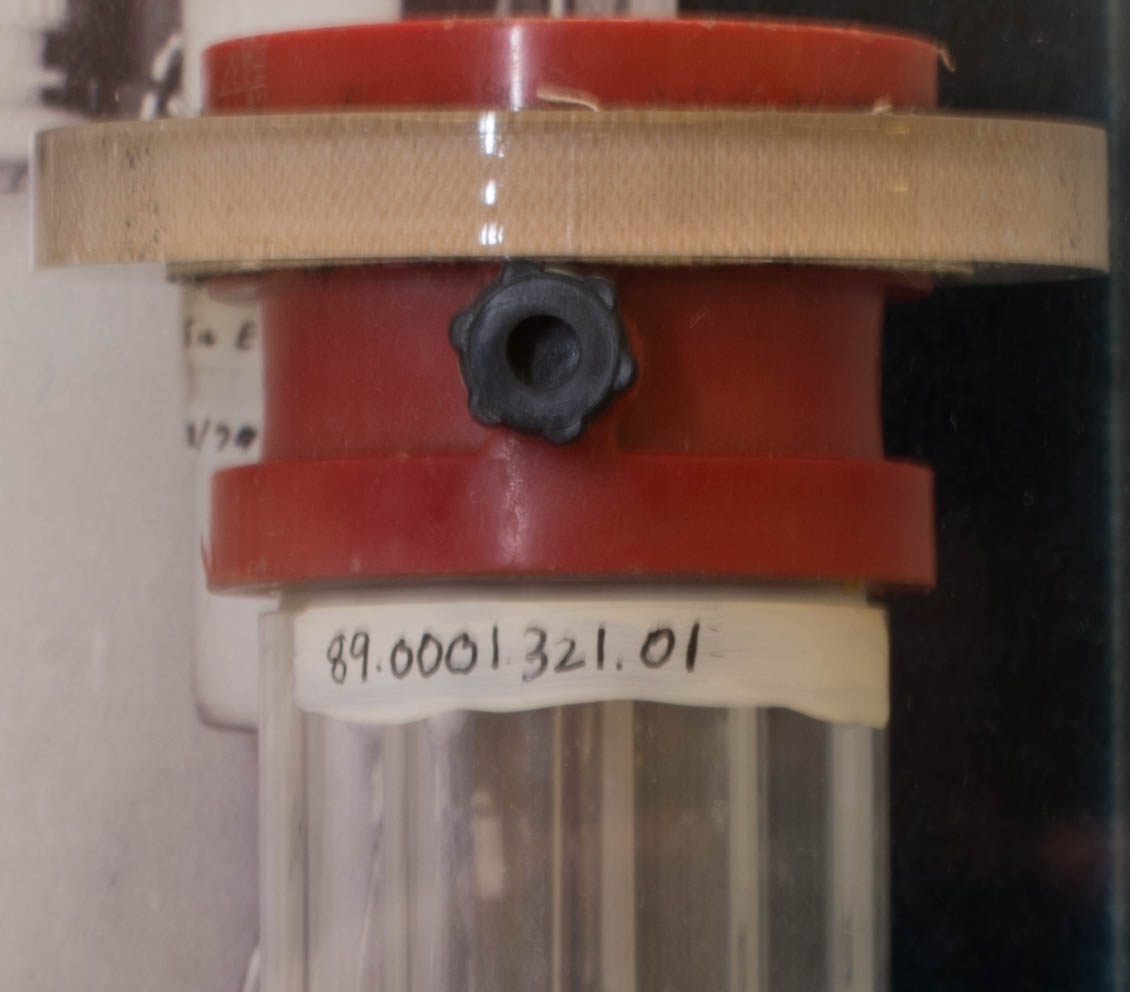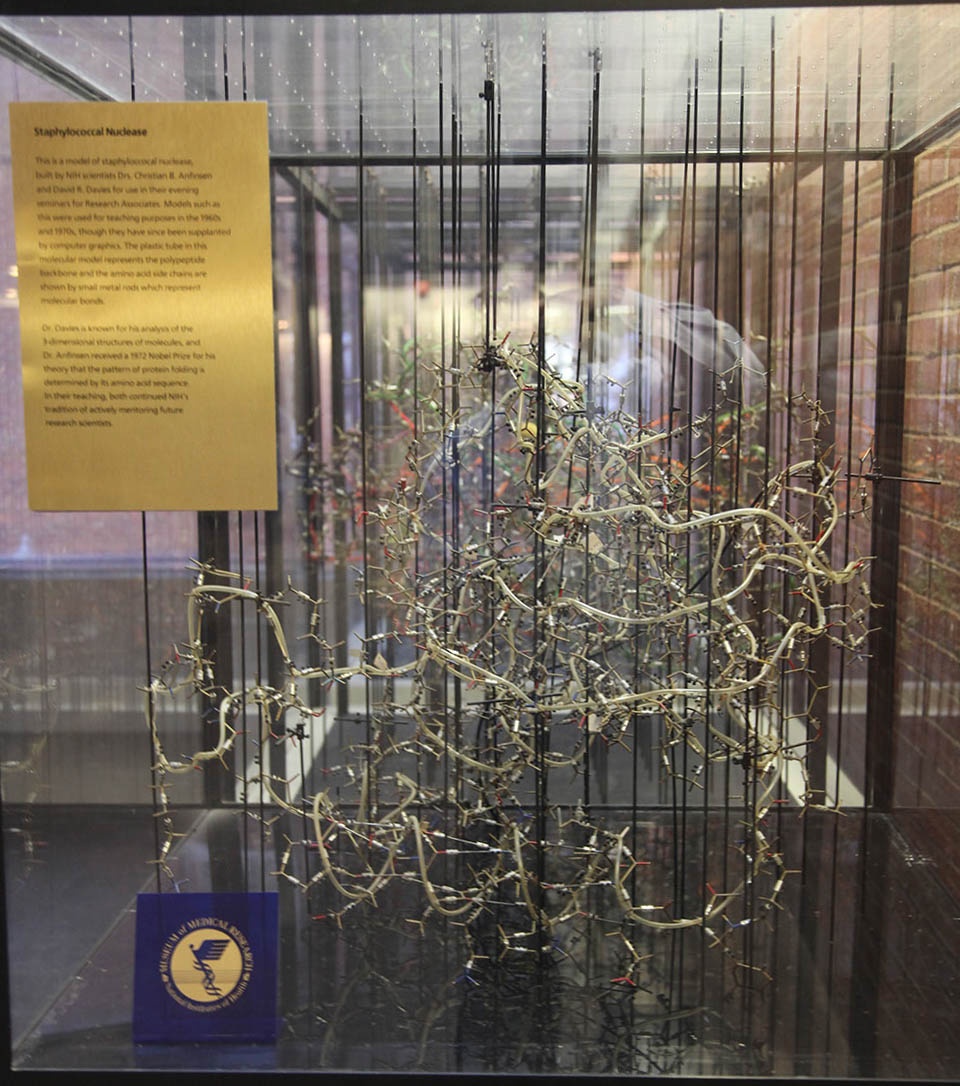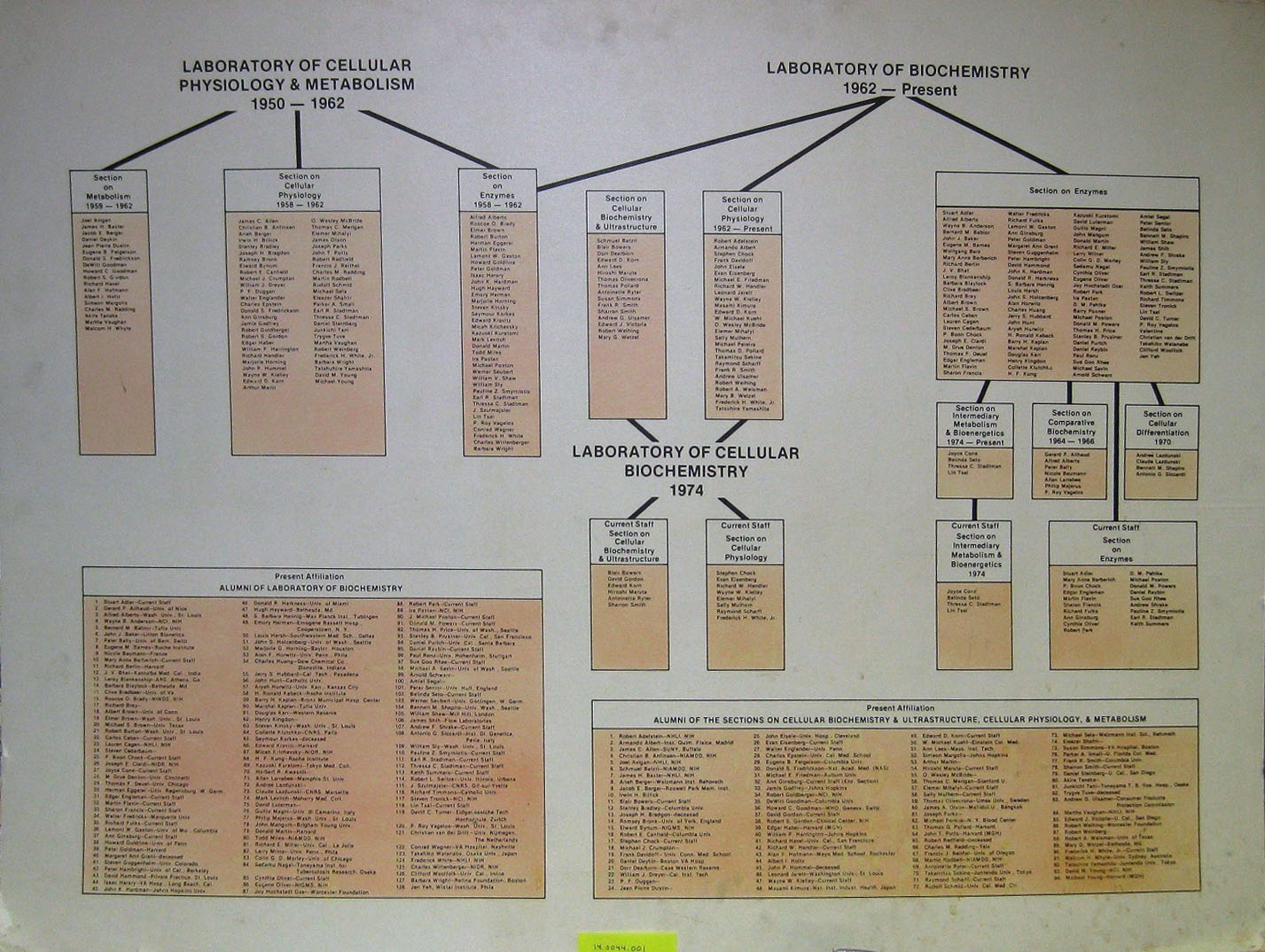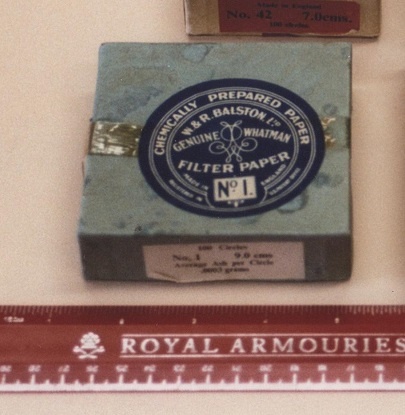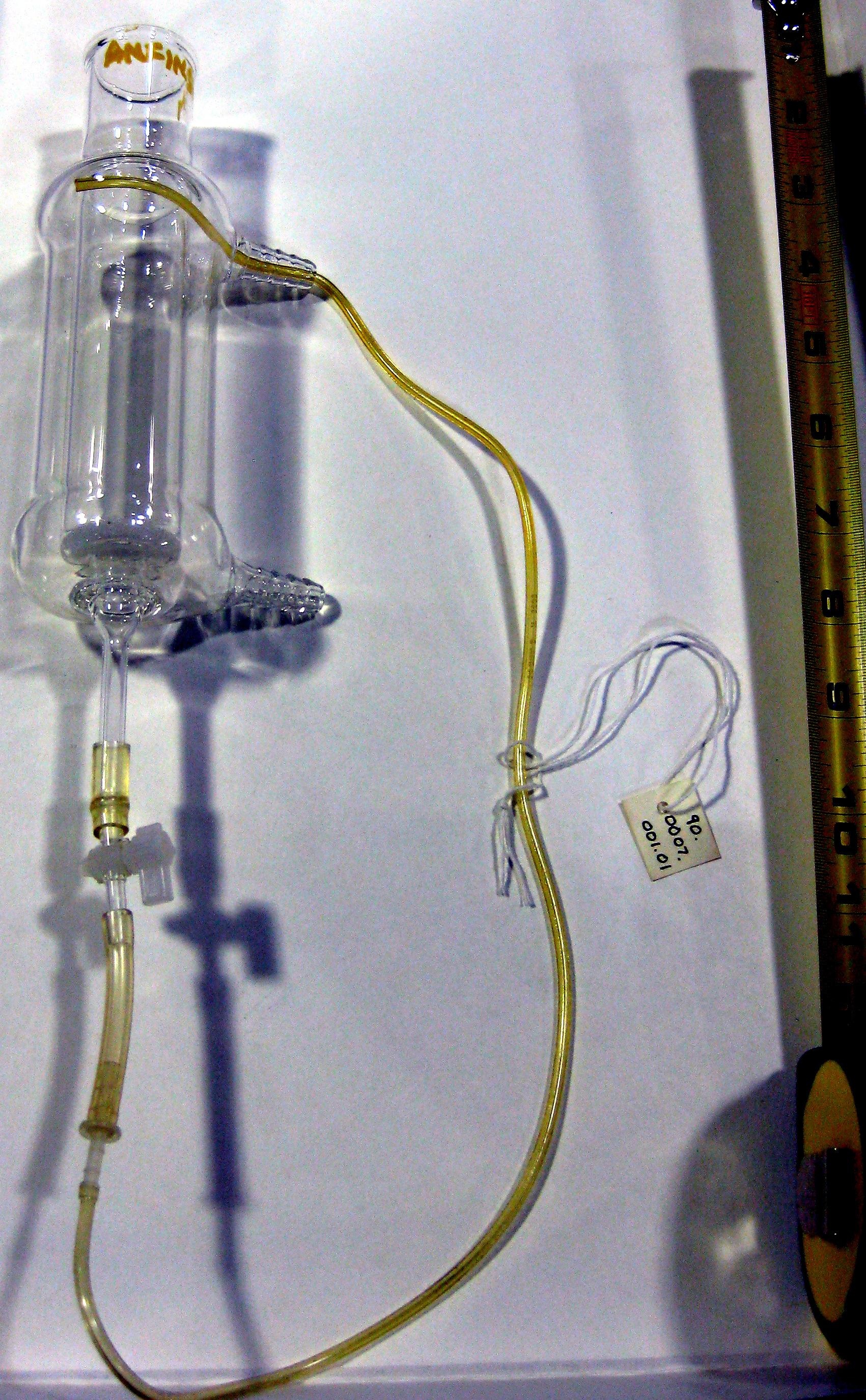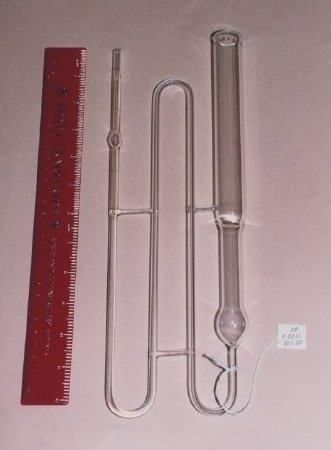...
| Dive | ||||||||||||||||
|---|---|---|---|---|---|---|---|---|---|---|---|---|---|---|---|---|
| ||||||||||||||||
|
...
| Dive | ||||||||||||||||||
|---|---|---|---|---|---|---|---|---|---|---|---|---|---|---|---|---|---|---|
| ||||||||||||||||||
|
...
Donated by Steve Griffin, Accession 04.0008.002
Building 3 was one of the original laboratory buildings on the NIH’s Bethesda, Maryland campus, opening in 1938, to hold the Public Health Methods and Animal Unit. This key opened the Building 3 directory box, which listed the impressive array of scientists who worked in its laboratories, including five future Nobel laureates, three future NIH directors, a pharmaceutical company president, and 15 scientists who were inducted into the National Academy of Sciences
...
| Dive | ||||||||||||||||
|---|---|---|---|---|---|---|---|---|---|---|---|---|---|---|---|---|
| ||||||||||||||||
|
...
| Dive | ||||||||||||||||
|---|---|---|---|---|---|---|---|---|---|---|---|---|---|---|---|---|
| ||||||||||||||||
|
...
| Dive | ||||||||||||||
|---|---|---|---|---|---|---|---|---|---|---|---|---|---|---|
| ||||||||||||||
|
Solid phase peptide synthesizer, c. 1970
...
| Dive | ||||||||||||||||
|---|---|---|---|---|---|---|---|---|---|---|---|---|---|---|---|---|
| ||||||||||||||||
|
...
| Dive | ||||||||||||||||
|---|---|---|---|---|---|---|---|---|---|---|---|---|---|---|---|---|
| ||||||||||||||||
|
...


